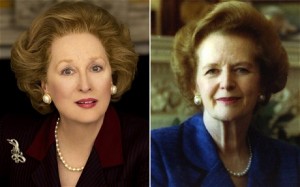On Interior Style
On Style:
A new home is like a blank canvas waiting for the first brush of the artist’s stroke – it’s a unique opportunity to express one’s personal interior style.
I have never been minimalist – a nice way of saying I have always lived with clutter and Olivier has been the same, so creating a relaxed, simple interior in a contemporary home isn’t going to be easy. Especially as we have two houses of stuff from former lives to accommodate. Without a steady hand, the interior could become a mish-mash of incongruent things plonked around the place in a harsh confusion. Or our living space could become a wonderful statement of our own evolving style. Whatever. It is going to be fun!
I glean information from many sources, my friends’ stylish interiors, public places and books. Such as my coffee table collection of books – French Chic by Florence de Dampierre, who writes on the art of decorating houses and how the French have honed interior décor into an art form the extravagance of the Sun King Louis XIV. And Simple Style by renowned British freelance stylist Julia Bird, who reckons the essence of contemporary style is simplicity – about clearing away the clutter and streamlining the home to create an unfussy, easily liveable and comfortable environment.
This sounds an awesome task for this bowerbird, until, coincidentally, I find that Lucinda Holdforth includes delightful snippets of French style in her book True Pleasures: A Memoir of Women in Paris. She writes about Nancy Mitford, one of the famous Mitford sisters, who lived in Paris from 1947 to 1967: “I know the apartment was neither large nor grand, but furnished with a few fine screens, antiques and fresh flowers. Here Nancy Mitford wrote her books and letters, wearing her Dior dresses and a small string of pearls.’’
This excerpt is pleaseing because antiques sit comfortably within our contemporary home, which is “neither large nor grand” and I always have fresh flowers in the foyer at least. We have a delightful tapestry in our bedroom also, but, I won’t be found wearing either Dior or pearls as I write.
 There are a few good reasons to brace oneself for the reality of old age by viewing The Iron Lady, about the life of Margaret Thatcher, one of the greatest women leaders of the 20th century.
There are a few good reasons to brace oneself for the reality of old age by viewing The Iron Lady, about the life of Margaret Thatcher, one of the greatest women leaders of the 20th century.